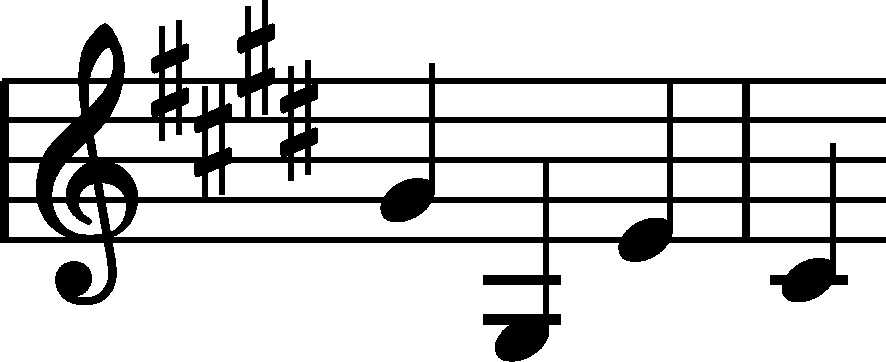



|
b. 31-32
|
composition: Op. 64 No 2, Waltz in C♯ minor
..
In analogy to bars 159–160 in some of later collective editions an analogous version was introduced also here. Examples of minor diversifications, introduced at repetitions of similar phrases, are too numerous in Chopin's music in order to consider such a unification to be justified. Cf., e.g., the Mazurka in G minor, Op. 24 No. 1, bar 57. category imprint: Source & stylistic information |
||||||||
|
b. 31
|
composition: Op. 64 No 2, Waltz in C♯ minor
..
Same as in bar 29, the category imprint: Differences between sources issues: EE revisions , Inaccuracies in FE , GE revisions |
||||||||
|
b. 31-32
|
composition: Op. 64 No 2, Waltz in C♯ minor
..
It is uncertain whether Chopin considered the
The category imprint: Differences between sources issues: Errors in FE |
||||||||
|
b. 31
|
composition: Op. 64 No 2, Waltz in C♯ minor
..
Three versions of this bar show that Chopin from the very beginning had a general vision of shaping the melodic line – category imprint: Differences between sources; Corrections & alterations |
||||||||
|
b. 32
|
composition: Op. 64 No 2, Waltz in C♯ minor
..
The change of c category imprint: Differences between sources; Corrections & alterations issues: Accompaniment changes , Authentic corrections of FE , Bass register changes |


 before 3rd beat in
before 3rd beat in 


 in
in 

 in
in 



 – and that he tried to fill the framework with different motivic cells, as, e.g., the f
– and that he tried to fill the framework with different motivic cells, as, e.g., the f -g
-g progression or a pair of repeated notes. The latter appears only in
progression or a pair of repeated notes. The latter appears only in 
